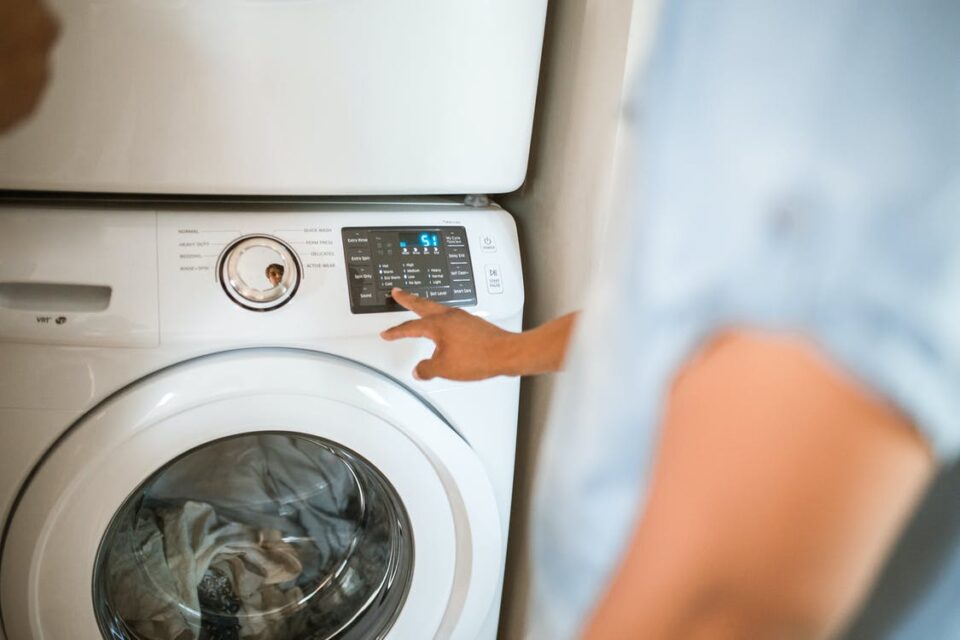The humble washing machine is one of the most useful appliances you can have in the home, and since its inception, has become a staple in households across the globe. More than 80% of homes in the United States have one, and the rate is even higher in countries like Russia, Canada, and Japan.
That said, making the most of this appliance requires proper maintenance. If you’re not sure what exactly goes into keeping your washing machine in tip-top shape, here are the basics you’ll want to keep in mind.
Keep the machine clean
It goes without saying that cleaning is one of the most important things you need to consistently do. If you’re going to do a deep clean, make sure that the power is switched off. You can unplug it, too, for good measure. Here are the parts you’ll want to clean out:
Outside
It starts here, but you’ll want to make sure that you wipe down and sanitize the external parts of your machine often. Stray residue can defeat the purpose of it being an appliance for cleanliness.
Drum
Every now and then, turn on your washing machine with hot water for an hour to clean the inside of the drum. The rubber gasket surrounding it should also be cleaned and wiped down often so that you can avoid black mold and dust. Just use a damp cloth and wear thick rubber gloves to get through it every couple of weeks.
Dispensers
Sometimes called drawers, these will have a build-up of bacteria if you don’t regularly clean them. If you can’t open this area up, you can reach in with a wired bottle cleaner.
Filter
Make sure to remove debris from the filter, as a blockage could make things go haywire fast. It can stop drainage and damage some of the machine components. This step cannot be skipped, as the filter always captures these materials, and built-up lint and fibers in washing machines or dryers are on the National Fire Protection Association’s list of the most common causes of house fires. A monthly clean-up of the hatch or trap should do the trick.
Assess if it needs repairs
The next step is to make sure that your machine isn’t faulty. If you leave any issues unchecked, it could hamper overall performance and eventually result in further repairs. Not only does a faulty washing machine raise possible risks, but it can also lead to a bigger headache down the road. HomeServe’s article on washing machines outlines the common problems you might experience throughout the appliance’s life. This includes leaks, funky odors, and drainage issues, or it might not even start at all. The good news is that some of these problems are easy to fix.
Fixing a cracked hose or pipe
If your draining hose or pipe has a crack, this will lead to leaks and issues. Some hoses can easily be replaced, and sometimes you can do the trick with some repair silicone tape stretched out over the damaged area while it is dry. You can also reseat it to ensure that it is properly secured.
Unblocking the filter
Take out the hatch and clean out any debris, and you should get rid of most odors and blockages in the drainage.
Replacing the inlet valve
Sometimes, when the washer has too much water or doesn’t fill up properly, the solution is simply to replace the faulty valve so that the machine can detect the proper water level and pressure.
If you think any situation is beyond your abilities, a professional should be able to check on the appliance.
Immediate must-dos
Aside from the steps above, there are also some practices that you should stick to whenever you use your washing machine.
Before use
– Don’t overstuff the load.
– Empty out any pockets.
After use
– Make sure to leave the door open to help the drying process and avoid moisture build-up.
– Remove any remaining articles of clothing, wet or dry.
– Do a quick wipe down to make sure that excess chemicals and lint are removed.
For more house tips, do check out our other articles in the Home Improvement tab.
AUTHOR BIO:
Ken DeWitt writes about home improvement and DIY to guide homeowners and young individuals starting out on their own. Beyond his work, Ken likes to spend his downtime building furniture and tending to his herb garden. He hopes his love for creating and fixing things up helps readers across the globe.)

